When writing in block letters, the pen tip is slightly pressed at the turning point to form a square fold. However, in the flow of running script, in order to strengthen the momentum of the font, it is necessary to "break the square into a circle", that is, write the turning point into an arc shape.
1. The horizontal folds in Chinese characters are often written in an arc shape.

2. The horizontal folded hooks and curved hooks in Chinese characters are often written in an arc shape.
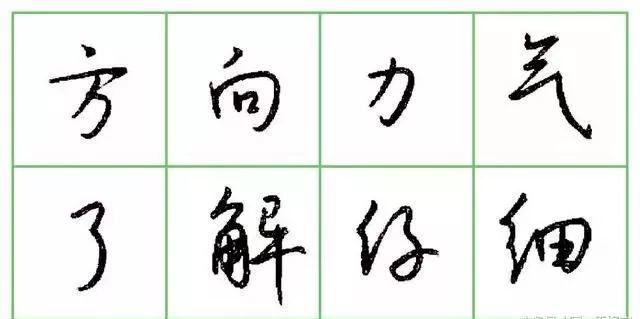
When writing block letters, all strokes must be forward, forming a "releasing" posture; while in running script, the forward strokes are often changed to counter strokes, forming a "shrunk" shape, which changes "releasing" to "releasing". The change of writing style of "close" can not only enhance the overall momentum and flow speed, but also achieve the overall strength of the font.
1. The slanting stroke is often written as a long point, and the slanting stroke with the herringbone prefix is often written as a hook-shaped long point.

2. Commonly used recycling methods for Ping Na are "walking the bottom" and "building the bottom". Ping Na light recycling
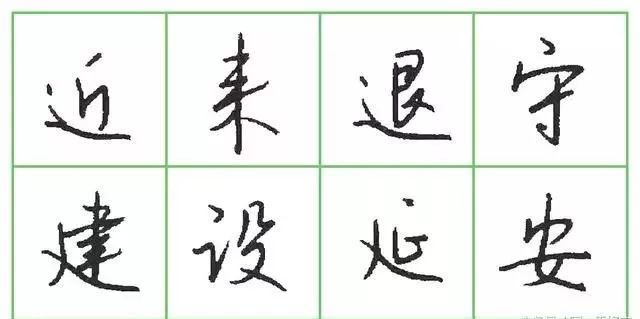
The number of strokes in running script is significantly reduced, which greatly speeds up the writing speed.
1. omission of dots
The dots are replaced by pull threads, such as the right dot next to the character ", 木" next to the character ", 衣" next to the character ", 禾" is replaced by the pull thread brought out by the left hand. For example:
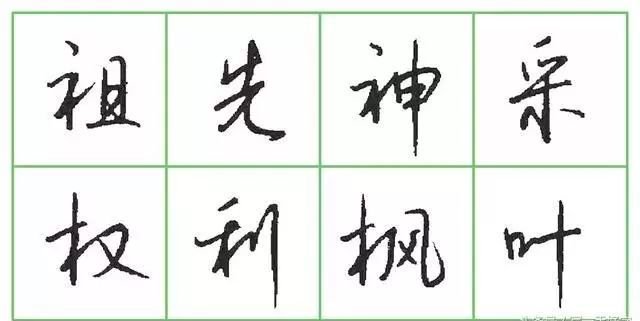
Strokes in points are reduced. For example, for three points of water, write only one point, and write the other two points as vertical lifts; for four points of water, write only one point, and replace the other three points with a hook-like arc. For example:
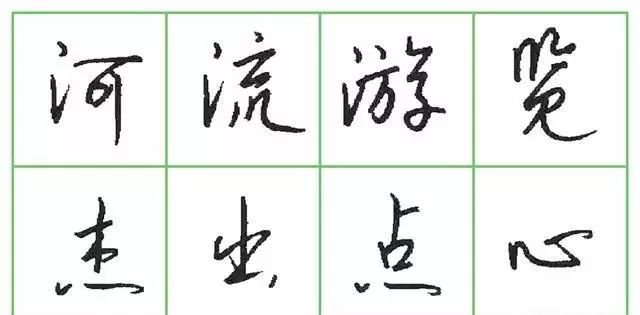
2. Horizontal omission
The two horizontal lines next to the word "日" are connected to form a mention and are connected to the right part.
The three horizontal lines next to the word "eye" and the word "ear" are connected to the right part by an arc-shaped handle. For example:
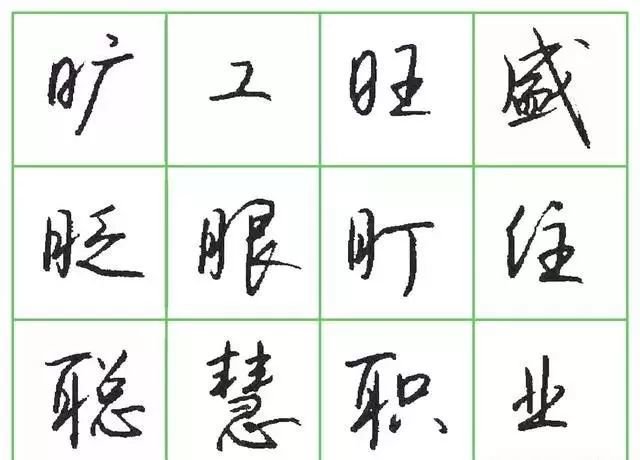
3. Vertical omission
Omit the vertical pen on the left, for example:
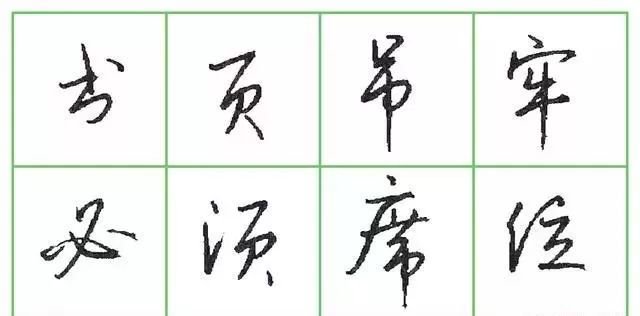
4. omission of hook
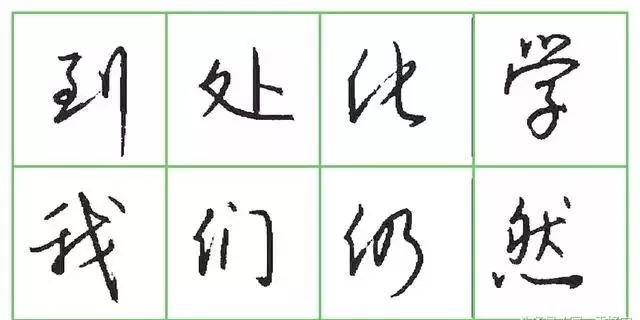
Covering is a special method of connecting strokes in cursive writing. It has a wide range of movements and mainly has the following three forms:
1. Left over right
After skimming to the left, use the tip of the pen to create a loop, from left to right. This loop-shaped writing method is different from regular script. Regular script is invisible, while running script is visible. For example:
2. right over left
See horizontal and vertical connections. From the horizontal end, bring out the loop shape from the right upward, and then downward to the left. For example:

3. Cover the bottom
See the connection between vertical and horizontal, horizontal and dots. The vertical and horizontal connections are made by overturning the end of the vertical hook or vertical upward to the left. For example:

The flow of running script is fast, and a very important point is to add the two attachments of "hook" and "pick" to the regular script stippling, which significantly strengthens the connection between strokes and between parts.
1. In the running script, all the characters that start with a dot pen are connected to the lower part with a hooked wire.
(1) Click on the upper left side of the word. For example:

(2) Click on the upper middle of the character. For example:
2. The horizontal and horizontal lines are connected with a hook-shaped pull wire going downwards to the left.

3. Use pick out to connect two points.
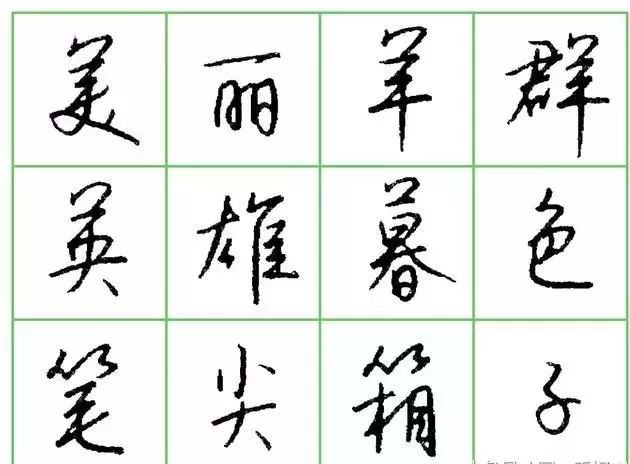
If there are two dots at the top of the character, use the upper right point to combine the left and right dots organically; the same is true for the cursive and bamboo prefixes.
4. In a font with a left-right structure, the left vertical end or left tip is raised to the upper right to connect with the right part.
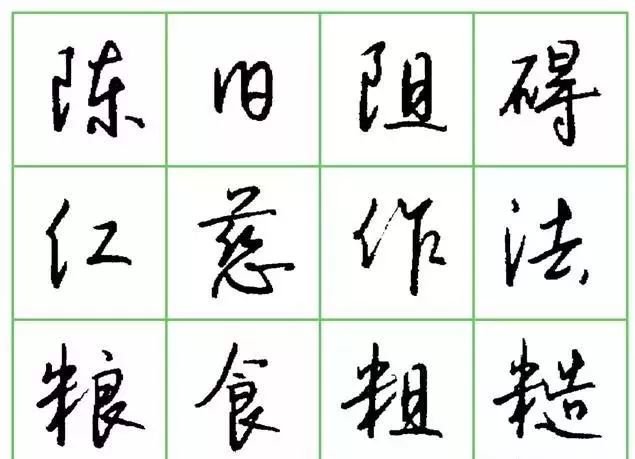
Six tips for hard-pen calligraphy:
1. One of the key points: the awareness of hooking must be enhanced
2. Tip 2: Don’t forget to reduce strokes
3. Tip 3: Break the square into a circle and apply it regularly
4. Tip No. 4: Master the contraction of the pen
5. Tip 5: The method of overwriting should be clear
6. Tip 6: Control the rhythm and pace well








